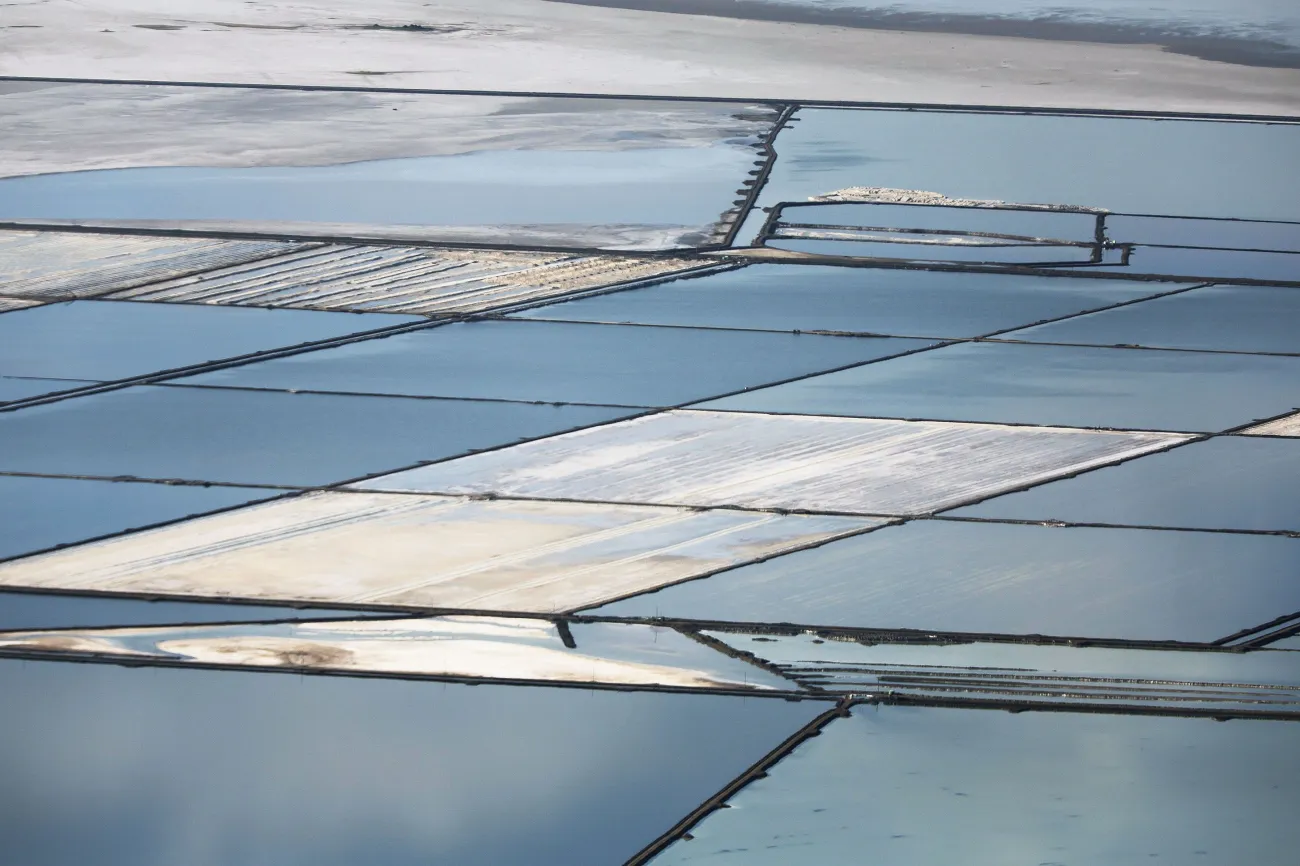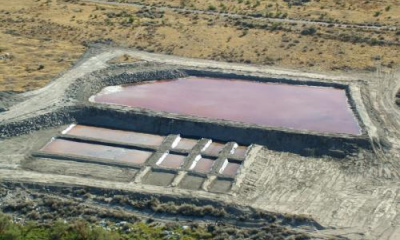Utah lawmaker presses measure to prioritize water for the Great Salt Lake
Rep. Casey Snider, R-Paradise, wants to “color” the water saved for the Great Salt Lake.
If you can imagine taking a red marker for every drop of water intended to stay in the ailing saline lake and mark that savings, it would not only paint a telling visual picture but a concrete portrayal of what is actually happening in the Great Salt Lake drainage.
But Snider said no such marker exists for the Great Salt Lake, and top lawmakers want to change that with a proposal due to be unveiled that seeks to protect that water that is destined for the Great Salt Lake.
“So when I hear from constituents, when I hear from the public, we’re going to save the lake by getting it water — that’s critical,” he said. “But we also have to make sure that the water that we are sending to the lake stays there for the purposes for which it was intended.”
The bill is significant because it makes clear that the water that flows downstream, if intended for the Great Salt Lake, makes it to the lake and stays there. Water rights would still be based on prior appropriation and the first in time doctrine.
Snider said as it stands, water that ends up in the lake is looked at or classified as unused or wasted — something leftover from a farming operation or city that was not put to beneficial use.
“If this was easy, they would have already tried it,” Snider said, detailing the anticipated pushback. “The thing here is we have engaged with stakeholders, industry, the conservation community and we have had positive interactions.”
The measure, HB453, was unveiled Thursday and creates a distribution management plan for the Great Salt Lake, similar to what exists for Utah Lake to ensure that water savings stay in the right bank account.
The cherry tree analogy
A good way to think about water rights and actual wet water is to think about cherry trees. Upstream, far upstream, a cherry harvester picks the cherries and they end up in a pail for use in a pie.
That picker keeps all the cherries because he is a senior holder of those rights and as such, gets priority.
Farther downstream, a cherry harvester with fewer rights — rights that are less mature and not as old — picks the cherries as long as there is enough left to go around. What that cherry harvester does not use does not end up in the pail, but can be sold for someone else to use and not as part of a pie.
Snider and his colleagues want to stop that, especially as it relates to those junior rights that can be awarded to extraction industries rather than for the benefit of the lake.
“If you were to ask me what the most important part of this bill is, it is the distribution management, which sets the framework for protecting the lake long term and also protecting existing rights.”
Snider said what exists for Utah Lake needs to exist for the Great Salt Lake.
“Utah Lake can be all the way full and yet diverters on the natural Utah Lake system aren’t able to take a drop because the bulk of that water the state engineer has ‘colored’ (set aside) for water users in general,” he said.
While the extraction industry has been in the crosshairs of Utah lawmakers, Snider said this bill incorporates a holistic plan for all users.
Snider said he is also going to make two appropriation requests totaling about $15 million to map the water in real time in the Great Salt Lake’s tributaries.
Such technology is already being used by Utah State University on the Logan River, greatly enhancing the understanding of how water moves into and out of the river.







